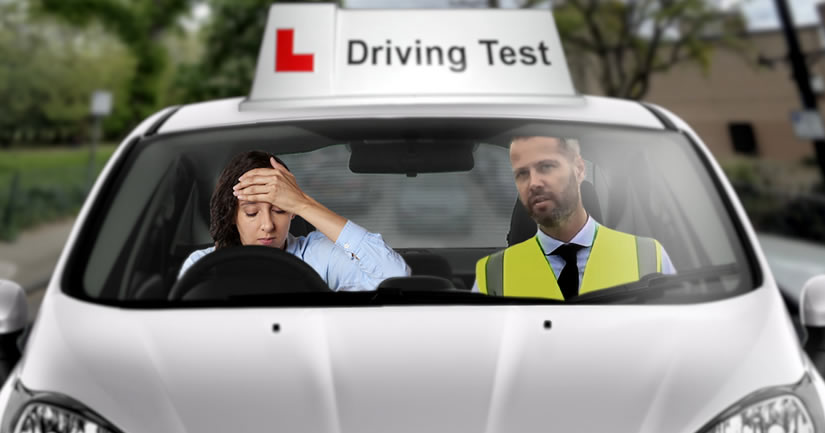Can You Fail if you Stall on your Driving Test?
Can You Fail if you Stall on your Driving Test?
Yes, you can fail if you stall on your driving test, but don’t worry, it’s not necessarily an immediate test failure. Whether you fail the driving test due to stalling the car depends on one, or a combination of the following:
- How many times you stall
- Where you stall
- Whether your actions have impeded another road user
- How you recover from stalling the car
Learning to drive a manual car is going to involve stalling. For some learners, it can involve a lot of stalling, sometimes several times each lesson. We do hope however that as we progress through driving lessons and particularly as the impending driving test grows nearer, stalling becomes less frequent – and in most cases, it does.
However, the driving test often has the ability to make test candidates so nervous that they begin to make mistakes that they don’t usually make during their latter lessons. One of these mistakes can come in the form of stalling the car. With that in mind, let’s look at how stalling can fail your driving test.
How Many Times You Stall
There’s no specific number on the amount of times you can stall on a driving test and it really comes down to the examiner on the day. If we are going to provide a rough estimate, if you stall 3 times then the examiner will begin to see a lack of control of the vehicle. That certainly doesn’t mean that 3 stalls is the limit, but it is the point at which the examiner will see a pattern of mistakes forming. If you continue to make the same minor mistake, it can result in a test fail.
Where You Stall
Where you stall during a driving test can have a huge impact on whether you pass or fail. If you happen to stall when moving off from the side of the road during a practical test, then unless it happens to impact on another road user, the chances are, it wont be an issue.
If you happen to stall at a higher risk area, for example a junction that you’re emerging from, it can be problematic, particularly if you have already crossed the junction line and entered into the new road. In a situation such as this, you still may be able to avoid a test fail providing that your actions did not impede any other road users and that you have not already stalled on your test.
Whether Your Actions have Impeded Another Road User
This is where your action impedes another road user, so essentially if by stalling you cause another road user to change speed (they may need to brake harshly due to your stalling) or if they change their direction due to your actions, it would highly likely result in a test failure.
This doesn’t just apply to stalling, but any mistake that you make on a driving test where your actions caused another road user to change speed or direction will almost certainly result in the examiner marking the serious or dangerous fault box.
How You Recover from Stalling the Car
Stalling your car, particularly during a driving test can understandably be quite a shock. For some test candidates, stalling can lead to panic which rather than getting the car up and running quickly and safely, they make the situation worse by either do more than is necessary, or by not doing enough.
For example, some learner drivers run through a routine after stalling by selecting neutral and applying the parking brake. While there’s not necessarily anything wrong with this, it all takes extra time and depending where you’ve stalled, getting the car going as quickly as possible is essential.
If you’ve stalled on a level road and are not at risk of rolling and you’re already in 1st gear, leave it in 1st, depress the clutch and foot brake and restart. You can then move off safely under control and quickly. It’s important that you recover from the stall quickly and safely, so ensure you always apply the brake pedal and clutch so that your car doesn’t lurch forward when you restart.
How you recover from stalling the car is determined by the situation that you’re in. If you’ve stalled at the side of the road while attempting to move off, providing that you’re in a safe position out of the way of other road users, then there’s no urgency in getting the car going again.
